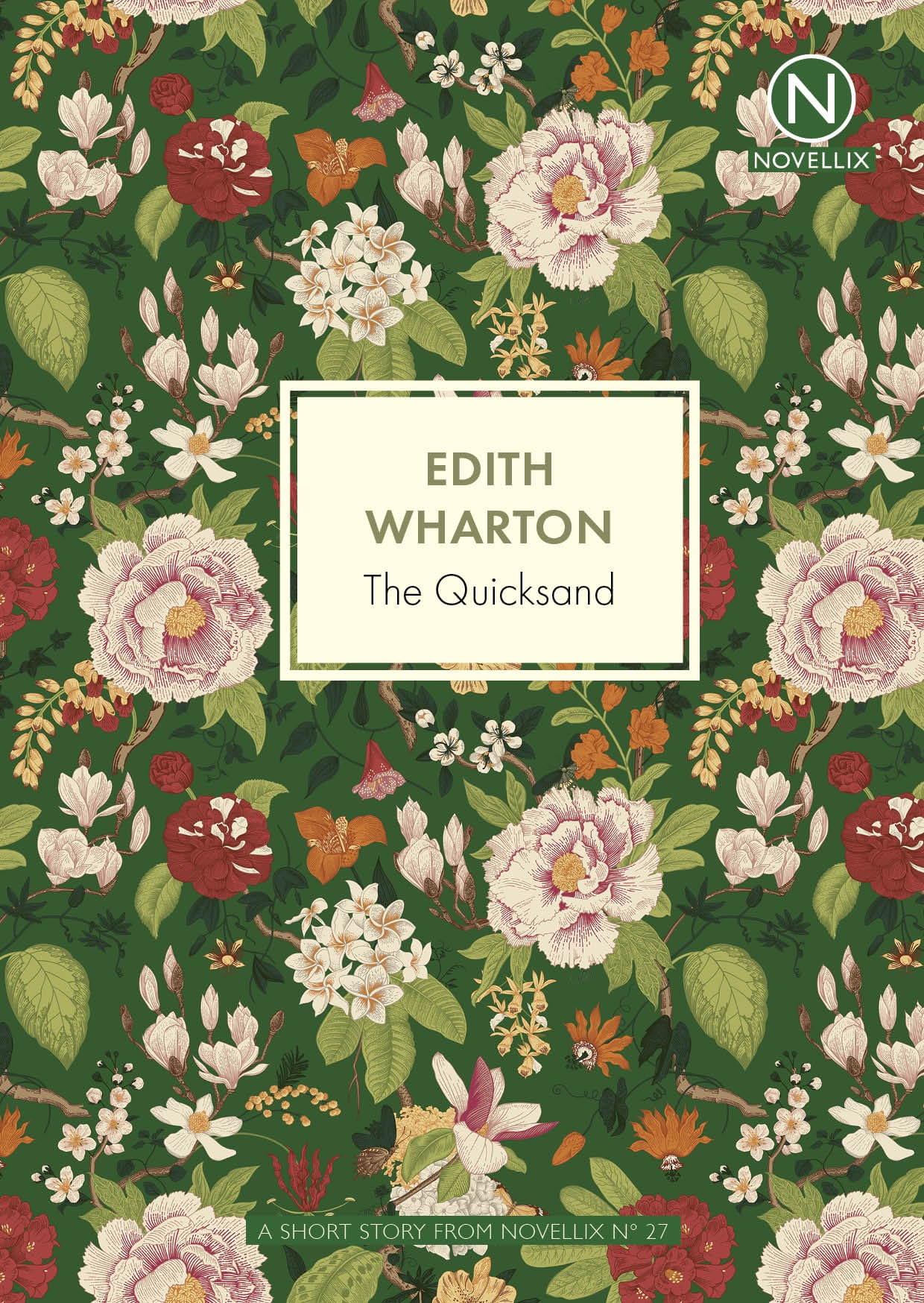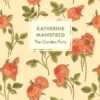The Quicksand
Design: Hanna Hallin
Seitenzahl: 32
Mrs. Quentin sank down on the bench and reached a hand to the girl. “Sit by me,” she said. Miss Fenno dropped beside her. In both women the stress of emotion was too strong for speech. The girl was still trembling, and Mrs. Quentin was the first to regain her composure. “You say you’ve suffered,” she began at last. “Do you suppose I haven’t?”
New York at the turn of the century. In The Quicksand, Edith Wharton, author of the novel The Age of Innocence, gives us a glimpse of the aristocratic Manhattan of the time. Unfolding on a pre-summer day at the Upper East Side’s Metropolitan Museum of Art, this multi-layered short story brings unexpected twists and ironic consequences in a triangle drama between a distinguished mother, her passionate son, and his free-thinking lover.
Edith Wharton (1862–1937) was born in New York into a stern high-society family at a time when women were scarcely encouraged to pursue ambitions beyond entering into a suitable marriage. Despite her parents’ strict rules, Wharton emerged as one of The United States’ preeminent writers. Set against the backdrop of old New York, her work delved into the lives and values of highborn and well-to-do families in the period following the American Civil War. Over the course of her prolific career, Wharton penned more than forty books and earned three nominations for the Nobel Prize in Literature. In 1921, she made history as the first woman to be awarded the Pulitzer Prize for her novel The Age of Innocence, later adapted into Martin Scorsese’s critically acclaimed film in 1993. The short story The Quicksand debuted in the June 1902 issue of Harper’s Magazine.




